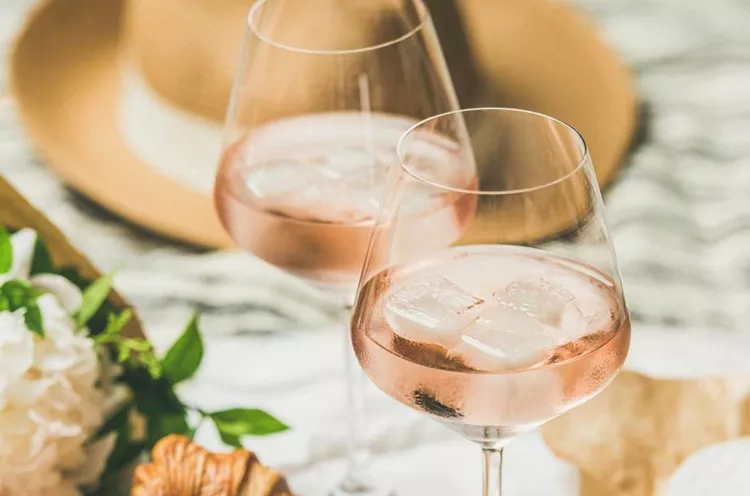In a significant push toward sustainability, the Albeisa consortium of wineries in northern Italy’s Piedmont region is advancing a long-term strategy to reduce the environmental impact of wine production—starting with the wine bottle itself.
Comprising 318 wineries across the Langhe and Roero subregions, including nearly every renowned estate in Barolo and Barbaresco, the Albeisa consortium produced 24 million bottles in 2024. Each bottle bears the name “Albeisa” embossed around the neck, a nod to tradition and branding. However, since 2007, this iconic packaging has also embodied a commitment to environmental responsibility through progressive weight reduction.
Originally weighing 575 grams, the historic Albeisa bottle underwent a transformation with the introduction of the 450-gram leggera (“light”) bottle in 2007. Initial adoption saw one million lightweight bottles shipped that year—a figure that grew to five million by 2024. This evolution continues in 2025 with the rollout of the ecovà bottle, which weighs just 410 grams.
According to Albeisa President Marina Marcarino, the transition is driven by the urgent need to address climate change. “The aim of making the bottles lighter is to bring both consumers and producers closer to a greener world,” said Marcarino. “Many producers have already embraced more sustainable production methods, and the bottle itself helps support this philosophy all the way to the market.”
While all Albeisa bottles contain a portion of recycled glass, the most significant environmental impact comes from the reduction in transportation emissions. The consortium reports that shifting from the historic bottle to the leggera model has cut carbon emissions by 22 percent, with the newer ecovà bottle contributing an additional 9 percent reduction.
Marcarino, a veteran winemaker and founder of the Vintesa Italian Wines Consortium of organic growers, has long been a proponent of sustainability. At her family’s Punset winery in Barbaresco, she was one of the region’s early adopters of organic farming in the 1980s and later implemented biodynamic practices.
Other Albeisa members echo this environmentally conscious philosophy. Federica Boffa-Borgogno of Fratelli Serio & Battista Borgogno, located on the prestigious Cannubi hill in Barolo, highlighted the value of everyday practices such as rainwater harvesting, waste sorting, and local sourcing. A pilot biodiversity project has also been launched in the Cannubi vineyards, planting about 50 native plant species among the vine rows.
While her winery still uses the traditional heavier bottle due to current packaging constraints, Boffa-Borgogno expressed optimism about transitioning to lighter options in the near future. The growing adoption trend among fellow producers suggests a widespread industry shift is underway.
The success of Albeisa’s initiative may inspire similar efforts in other major Italian wine regions, including Veneto, Puglia, Emilia-Romagna, and Tuscany. As glass bottles account for the largest portion of wine’s carbon footprint—up to 50 percent, according to a report from the Sustainable Wine Roundtable (SWR)—industry-wide change could yield substantial environmental benefits.
The SWR has introduced a Bottle Weight Accord aimed at encouraging its retail members to reduce the average bottle weight for 750ml still wines from approximately 550 grams to under 420 grams by the end of 2026. Signatories to the accord include high-volume global retailers such as SAQ (Canada), Waitrose & Partners and Majestic Wines (UK), Ahold Delhaize (Netherlands), and Whole Foods Market (US).
As the global wine sector confronts the pressing challenges of climate change, Albeisa’s leadership offers a tangible model of how innovation, tradition, and sustainability can intersect—one lighter bottle at a time.
You Might Be Interested In:


